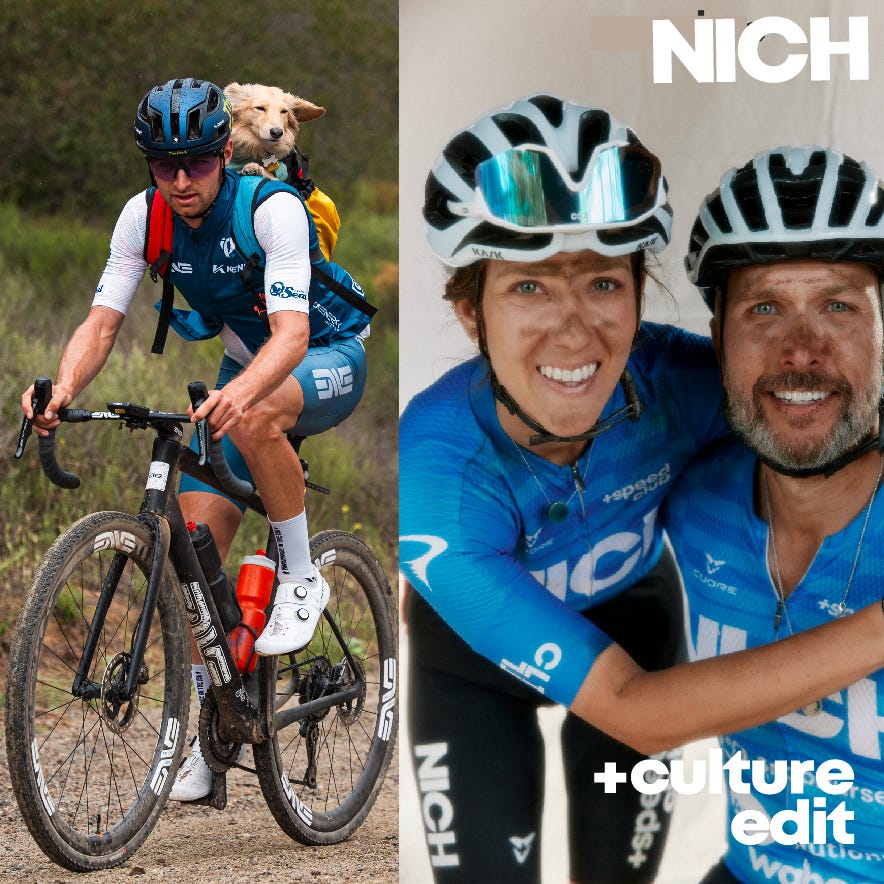The Algorithmic Dysfunction of Hiring
File this under: how to ensure you never get hired by an AI hiring software company.
There has never been a worse time to look for a job. Hiring has slowed, but we don’t think it’s simply because employers aren’t trying to fill roles. No, there’s actually a much bigger issue hidden under the surface of the headlines. Opportunities do exist, but because we’ve created a perfect storm of algorithmic dysfunction that has systematically destroyed the process of connecting human talent with human need.
The latest BLS data reveals that hiring has dramatically slowed, with nonfarm payrolls increasing by just 22,000 in August 2025, well below the 75,000 forecast. Recent revisions show the economy added 911,000 fewer jobs than previously reported from April 2024 to March 2025, the largest downward revision on record.
When opportunities do exist, accessing them has become nearly impossible due to an AI feedback loop where robots screen applications written by other robots, with actual humans, both hiring managers and job seekers, increasingly squeezed out of the own process. Or perhaps they are opting out of the process because they don’t care. And Instagram is calling after all.
Approximately 88% of companies now use some form of AI to filter job applications, while simultaneously, 93% of job seekers deploy tools like ChatGPT to help with resumes and cover letters. The result is algorithmic chaos masquerading as “efficiency.” These AI systems promise streamlined hiring but deliver the opposite: they reject people for having the “wrong” font, the “wrong” title, or having employment gaps that don’t match their algorithmic expectations.
What makes this crisis particularly insidious is how these technologies exploit a fundamental misunderstanding of what hiring actually entails. Hiring is not a transactional process; it’s an art and a skill. It requires the ability to see potential, to read between the lines of a resume, to recognize that the perfect candidate on paper might be the wrong cultural fit, while someone who doesn’t check every box might become your most valuable employee.
Then there’s the hard work part. Great hiring takes time and effort. And requires you to care. It demands time and the wisdom that comes from years of experience in evaluating human potential. These are the qualities that organizations are automating away, seduced by AI platform salespersons who promise a magic bullet solution to the complexities of human judgment.
Companies have been tricked into believing they can outsource this essential skill. Instead of training hiring managers and making hiring an essential part of every manager’s core responsibilities, organizations are handing over critical decisions to algorithms that fundamentally cannot assess what makes humans valuable in the workplace. The technology appeals to every company’s desire to avoid the difficult, time-consuming work of actually evaluating people.
The numbers tell the brutal story of this dysfunction. Job application response rates have declined significantly since 2021, with applicants now 3X less likely to hear back than three years ago. LinkedIn applications have a response rate of 3%-13%. That’s the response rate, not that interview or pre-screen. Just a simple response. Direct applications through career sites are even worse. What a joke.
And the average job seeker needs to make 162 applications to land a job. Only 2% of applications make it past the first round, and less than 1% of job applicants receive a job offer after submitting their resume.
Brutal. You have better odds at the Golden Nugget.
There was a time when hiring managers would see potential in someone who didn’t check every box. When a conversation could reveal qualities that a resume couldn’t capture. When you “took a chance” on someone.
I was fortunate to enter the job market during that era. Fresh out of Stetson Law School, I was hired into an in-house counsel role that was essentially created for me because the hiring managers saw something in me. Bob and Rich, man, am I thankful that those guys were uniquely skilled to read people (both labor relations experts) and cared. They took a chance on potential rather than just checking off credentials against an algorithm’s scorecard.
Well, that world is gone for the most part. We live in a world where your career prospects can be destroyed by algorithmic decisions you’ll never understand. A system that reduces humanity to data points, in a process that treats both sides, employer and job seeker, as inconveniences to be optimized away. The technology that promised to connect talent with opportunity has instead built walls between them, creating a job market that serves neither humans looking to contribute their skills nor organizations genuinely needing those contributions.
This is the world we’ve built: where finding work requires navigating a labyrinth designed by machines, for machines, with humans as an afterthought.
All the while, we have leaders wondering why they can’t find great talent. And new grads wondering if they will ever get a job.
Anemic Employee Engagement Points to Leadership Challenges
Data from Gallup.
Bot Networks Are Helping Drag Consumer Brands Into the Culture Wars
“Bot networks are now a brand problem, too.”
The Emotional Connection: Understanding the Role of AI Parasocial Relationships in Workplace Culture
One-sided emotional relationships – now with AI.
Ditch the Dating Apps. Sit at the Bar.
It worked for generations…
Rapture Theory Explained: Why Some People Think the World Will End Today
It didn’t.
A24’s First Restaurant Is an Art-House Supper Club
Culture Edit Podcast:
Ep. 107 – Alexey Vermeulen, Professional Cyclist
In this episode, we ditch the conversation about power numbers and watts to chat with the extremely talented and popular professional cyclist Alexey Vermeulen. We discuss his entrepreneurial journey to becoming a Privateer, his favorite podcasts, the team behind his content generation, finding business success in relationships, the making of From the Ground Up docuseries, shifting from World Tour road racing to gravel racing, the Life Time Gran Prix and their 9 billion impressions, trail running and how cycling with his dog Willie is the great equalizer we all need.




